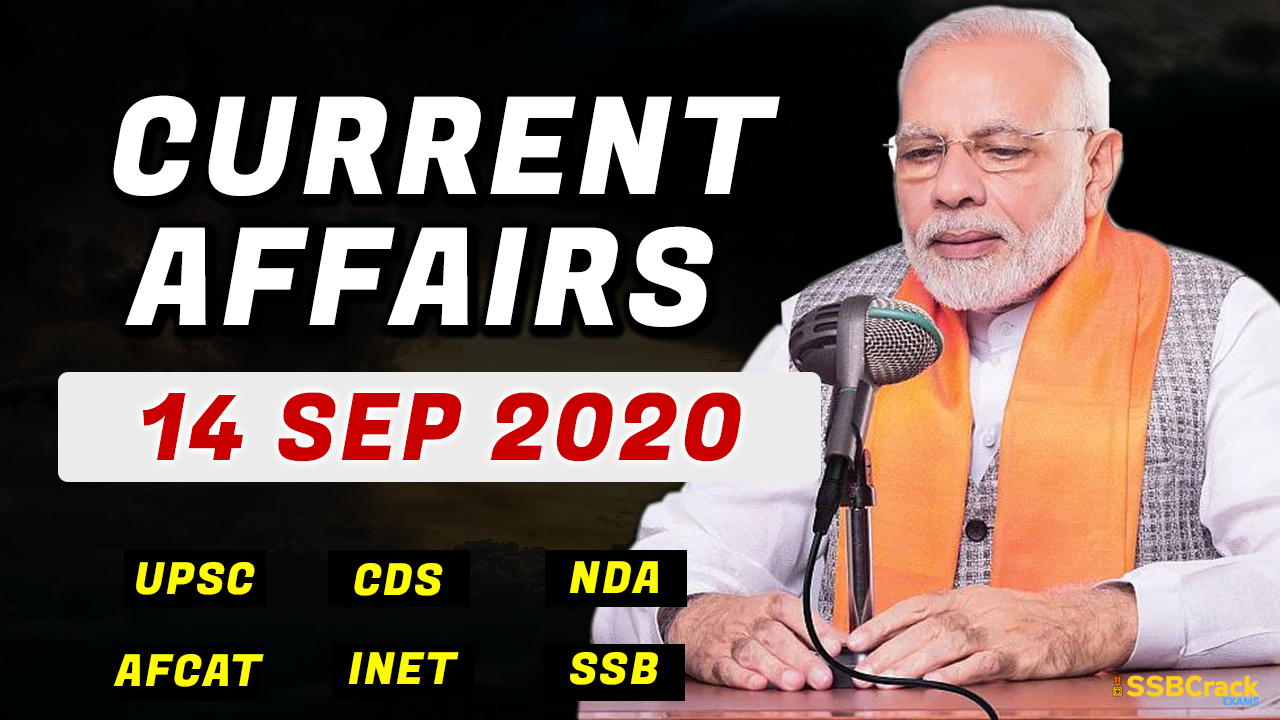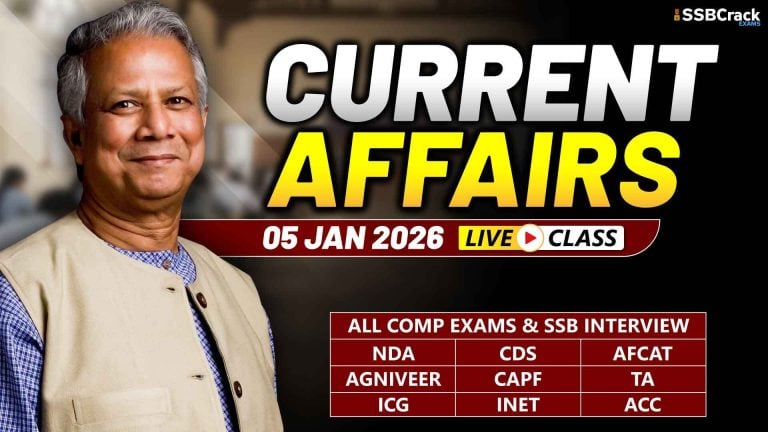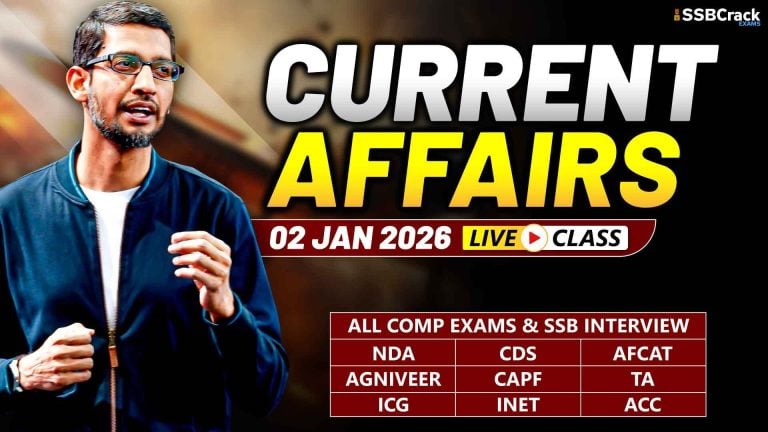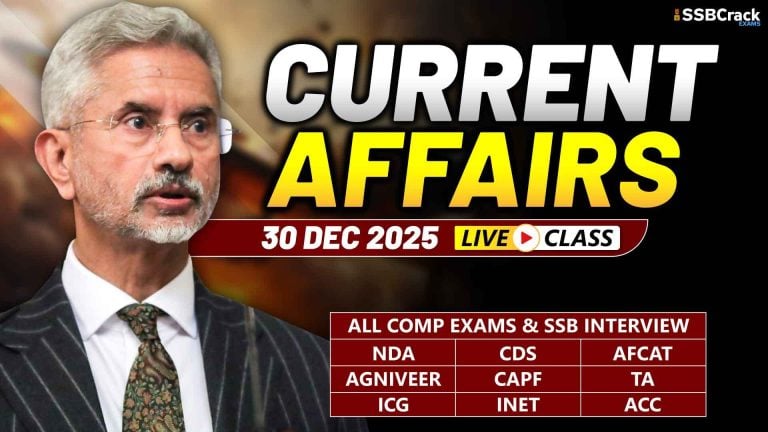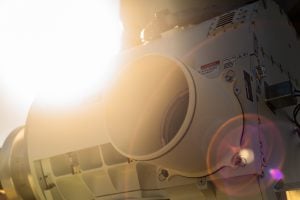What is Start-Up Village Entrepreneurship Programme?
- The Startup Village Entrepreneurship Program is a sub scheme of Deendayal Antyodaya Yojana – National Rural Livelihoods Mission (DAY-NRLM) of the Ministry of Rural Development.
- SVEP aims to support entrepreneurs in rural areas to set up local enterprises.
- It is a sub-scheme since 2016.
- The programme seeks to develop pool of community resource persons – enterprise promotion (CRP-EP) who are local and support entrepreneurs setting-up rural enterprises.
- Features:
- Skill building support is provided to all the entrepreneurs supported under SVEP through Community Resource Persons for Enterprise Promotion (CRP-EP).
- The entrepreneurs have the freedom to identify the sectors in which they want to start businesses based on assessment of market potential.
- Beneficiaries: Any Rural poor who is willing to be entrepreneurial and self reliant is eligible to be part of this programme. Highly vulnerable beneficiaries under MGNREGA, marginalized sections, women, SC and ST communities and rural artisans will be given specific preference in selection, as part of this programme.
Grih Pravesham
- Recently Prime Minister Narendra Modi took part in a programme called “Grih Pravesham”.
- The programme was organized under Pradhan Mantri Awaas Yojana.
- 1.75 Lakh Families were delivered pucca houses under the PMAY-G in Madhya Pradesh.
- Pradhan Mantri Awaas Yojana – Gramin
- Previously Indira Awaas Yojana (IAY), is a social welfare programme, created by the Indian Government, to provide housing for the rural poor in India.
- Launched on 20th November 2016.
- A similar scheme for urban poor was launched in 2015 as Housing for All by 2022.
- A beneficiary is provided with the support the of unskilled labour wages for a 90-95 man-day under MGNREGS.
- A total of 12,000 rupees is provided for the construction of the toilets through Swachh Bharat Mission.
- The funds are sent directly to the beneficiary’s account in four instalments.
Jammu and Kashmir Integrated Grievance Redress and Monitoring System
- Jammu and Kashmir Lieutenant-Governor Manoj Sinha on Friday launched the Jammu & Kashmir Integrated Grievance Redress and Monitoring System.
- Launched on pilot basis for Jammu, Srinagar, and Reasi districts.
- In the remaining districts, it will be rolled out by 2 October.
- Portal will be linked to the Union government’s grievance mechanism.
- J&K is the first UT that will be linked to the central government system— Centralized Public Grievance Redress and Monitoring System (CPGRAMS)
- CPGRAMS:
- The system was first launched in June 2007 by the Department of Administrative Reforms and Public Grievances.
- Developed by National Informatics Centre (Ministry of Electronics & IT [MeitY])
- It provides the facility to lodge a grievance online from any geographical location.
- Citizen can track online the grievance
- Any Indian national can raise their problems, grievance or pleas to the central govt and state government Ministries and Departments under this system.
Continuation of virtual courts
- The Parliamentary Standing Committee on Personnel, Public Grievances, Law and Justice has presented its report “Functioning of the Virtual Courts/Courts Proceedings through Videoconferencing”.
- This is the first report to be presented by any parliamentary panel on the impact of the pandemic.
- Recommendations
- Continue virtual courts even in a post-COVID scenario.
- Transfer of certain categories of cases, like cases pertaining to traffic challans or other petty offences, from regular court establishments to virtual courts will reduce the pendency of cases.
- Ministry should address data privacy and data security concerns while developing a new platform for India’s judicial system.
- Challenges:
- Present infrastructure does not support virtual court proceedings
- 50% lawyers, particularly in district courts, do not have any laptop or computer facility.
- Frequent crashes of the system and said entire proceedings can be vitiated by one glitch.
- Virtual courts will compromise privacy of data as well as confidentiality of discussions
14th September: Hindi Diwas
- Hindi Divas is celebrated on 14th September
- The Constituent Assembly of India adopted Hindi written in Devnagari Script along with English as the official language of the country on September 14, 1949, under Article 343.
- The Hindi language is the single largest spoken language (43.63% of people in India) among the 22 scheduled languages in the eighth schedule of the Indian constitution.
- It is also the fourth most spoken language in the world, after Mandarin, Spanish and English.
12th September: World First Aid Day
- World First Aid Day is observed on the second Saturday of September, every year.
- Objective is to raise awareness among public about how first aid can save lives in case of crisis.
- According to the International Federation, first aid should be accessible to all people and should be an important part of the developmental societies.
Current COVID19 Situation in India
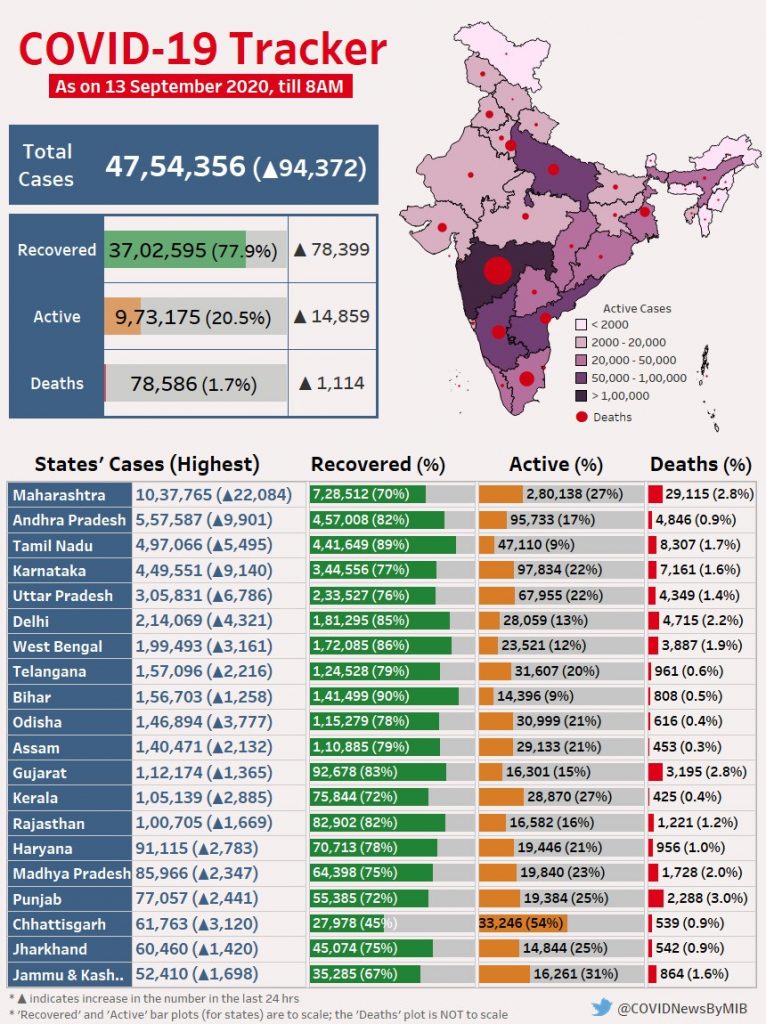
QUIZ TIME
When World First Aid Day is celebrated
- 1st Saturday of September
- 2nd Saturday of September
- 3rd Saturday of September
- 4th Saturday of September
Answer – B
When does Constituent Assembly of India adopted Hindi written in Devnagari Script as the official language of the country?
- September 14, 1945
- September 14, 1947
- September 14, 1949
- September 14, 1950
Answer – C
Which is the first UT that will be linked to Centralized Public Grievance Redress and Monitoring System?
- Delhi
- Jammu and Kashmir
- Puducherry
- Chandigarh
Answer – B
Question of the Day
What is e-Courts Project?
Answer in next session…
